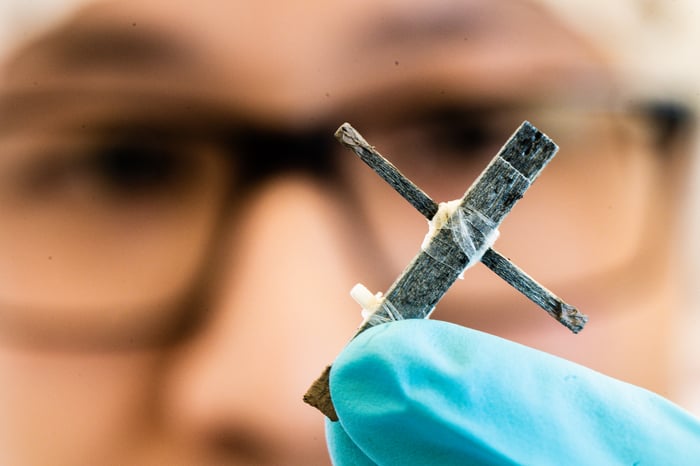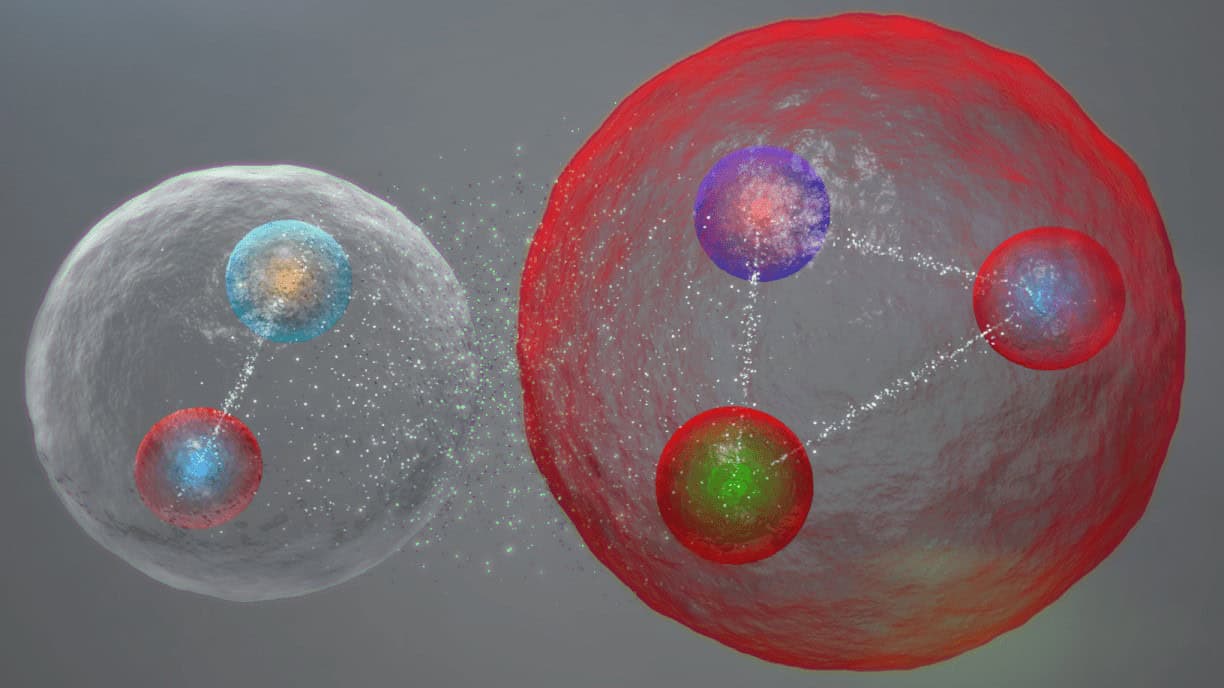NASA’s Perseverance Mars rover has been feeding us with several discoveries from the Red Planet ever since it landed on it in February this year. After nearly 10 months of driving around the Jezero Crater, researchers are beginning to understand that the region had been formed from red-hot magma, possibly from a long-dormant Martian volcano. NASA scientists believe that this discovery will lead to a better understanding of the planet’s history. In a report, NASA revealed that the crater rocks seem to have interacted with water several times since inception. Some organic molecules are also present in these rocks.
NASA’s research team had wondered about the origin of these rocks even before Perseverance had landed on Mars. Scientists speculate whether the rocks were sedimentary or igneous in nature. Now, they seem to be closer to their answers.
The US space agency made the announcement through a tweet. The post read, “The bedrock of Mars’s Jezero Crater, across which NASA Persevere has rolled for nearly 10 months, appears to have been formed from red-hot magma — possibly from a long-dormant Martian volcano.”
Perseverance project scientist Ken Farley of Caltech in Pasadena said, “I was beginning to despair we would never find the answer.” He added, “But then our PIXL instrument got a good look at the abraded patch of a rock from the area nicknamed ‘South Séítah,’ and it all became clear: The crystals within the rock provided the smoking gun.”
The Perseverance rover’s robotic arm is equipped with a drill which can abrade a few inches into rock surfaces in order to test their composition. Then, the robot’s Planetary Instrument for X-ray Lithochemistry (PIXL) uses X-ray fluorescence to map the elemental composition of the drilled rocks.
Last month, the rover got a core sample from a rock in the South Séítah region. The PIXL data revealed that the rock was unusually rich in large olivine crystals that were engulfed in pyroxene crystals.
Farley explained, “Such a texture indicates the rock formed when crystals grew and settled in a slowly cooling magma — for example, a thick lava flow, lava lake, or magma chamber.” Scientists are yet to ascertain whether the rocks were formed with surface cooling of lava or in a subterranean chamber later exposed by erosion.







